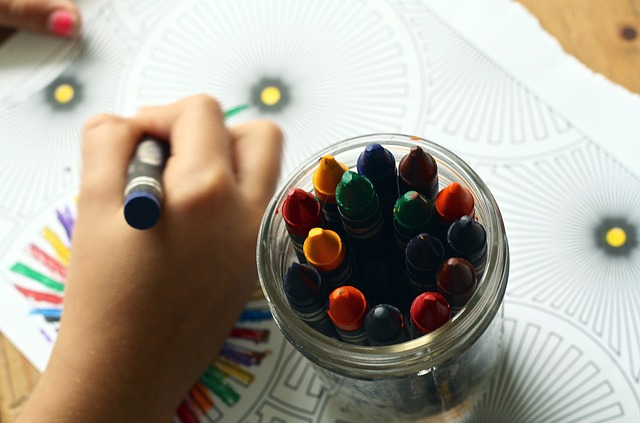Art has long been a beacon of human expression, creativity, and emotional exploration. For young people, engaging in artistic activities can be particularly transformative. The benefits of art for youth extend beyond the canvas, influencing personal development, emotional well-being, and social skills. Let’s delve into how art impacts young lives and why it’s crucial to foster artistic endeavors in youth.
1. Enhancing Creativity and Critical Thinking
Art encourages young minds to think outside the box. Whether through painting, sculpture, music, or dance, the creative process requires problem-solving and innovation. These skills translate into better critical thinking abilities, which are essential for academic and life success. When children and teenagers are given the freedom to create, they learn to approach problems from multiple perspectives and develop unique solutions.
2. Building Emotional Intelligence
Engaging in art allows young people to explore and express their emotions in a healthy way. Through creating art, they can process feelings that might be difficult to verbalize. This practice builds emotional intelligence, helping them understand and manage their emotions more effectively. Art also provides a safe space for self-expression, which is particularly beneficial for those who struggle with traditional forms of communication.
3. Promoting Social Skills and Collaboration
Many artistic endeavors involve collaboration, whether it’s a school play, a music ensemble, or a group art project. These activities teach young people the value of teamwork, communication, and mutual respect. By working together to achieve a common goal, they learn to appreciate different perspectives and develop strong interpersonal skills.
4. Boosting Confidence and Self-Esteem
The act of creating something unique can be incredibly empowering. For young people, completing an art project provides a sense of accomplishment and boosts self-esteem. Displaying their work in public, such as in a school art show or community exhibition, further reinforces their sense of worth and pride. This confidence can permeate other areas of their lives, encouraging them to take on new challenges and pursue their passions.
5. Enhancing Academic Performance
There is a growing body of evidence suggesting that art education can improve academic performance. Studies have shown that students who participate in the arts are more likely to excel in other subjects, including math, science, and language arts. The skills developed through artistic activities, such as concentration, discipline, and attention to detail, are directly transferable to academic tasks.
6. Providing Therapeutic Benefits
Art can serve as a therapeutic tool for young people facing various challenges. Art therapy is used to help children and adolescents cope with trauma, anxiety, depression, and other mental health issues. Creating art can be a form of self-care, providing a healthy outlet for stress and promoting mental well-being. For some, it becomes a lifelong coping mechanism that supports their mental health into adulthood.
7. Fostering Cultural Awareness and Diversity
Art is a universal language that transcends cultural boundaries. By engaging with diverse art forms and traditions, young people gain a broader understanding of the world and develop an appreciation for different cultures. This exposure fosters empathy, tolerance, and a global perspective, essential qualities in our increasingly interconnected world.
Encouraging Art in Youth: Practical Steps
To maximize the benefits of art for young people, it’s important to create supportive environments that encourage artistic expression. Here are some practical steps to achieve this:
Integrate Art into Education: Schools should prioritize arts education, ensuring that it is an integral part of the curriculum rather than an optional extra.
Provide Access to Resources: Communities and educational institutions should provide access to art supplies, instruments, and facilities, making art accessible to all young people regardless of their socio-economic background.
Support Extracurricular Activities: Encourage participation in after-school art programs, workshops, and community projects that offer additional opportunities for creative expression.
Celebrate Youth Art: Host exhibitions, performances, and showcases that celebrate the artistic achievements of young people, giving them a platform to share their work with the broader community.
Engage Families: Involve families in the artistic development of young people by encouraging art-related activities at home and supporting their attendance at cultural events.
Art is more than just a form of entertainment or a hobby; it is a vital component of youth development. By nurturing creativity, emotional intelligence, social skills, confidence, academic performance, mental health, and cultural awareness, art plays a crucial role in shaping well-rounded, capable, and empathetic individuals. As a society, we must recognize and support the importance of art in the lives of young people, ensuring that they have ample opportunities to explore and express their creative potential.

